Description
CULTURE:Broccoli prefers a well-drained, fertile soil high in organic matter, and a pH of 6.0–7.5 with a consistent supply of moisture throughout the growing season. Irrigate regularly for best results. While more heat-tolerant varieties are now on the market, broccoli does not generally do well in hot weather. The best success is with spring and fall crops.
EARLY SPRING CROP:Use early and midseason varieties. Sow 2 seeds per cell in 72-cell plug flats, 3–4 seeds/in. in 20 row flats, or in outdoor beds ¼” deep. Seedlings should be ready to transplant in 3–4 weeks. If possible keep soil temperature 75–80°F (24–27°C) until germination, then reduce air temperature to about 60°F (16°C). Ensure good air circulation and light. Transplant outdoors 10–18″ apart in rows 18–36″ apart. Broccoli prefers cooler growing temperatures, between 55–75°F (13–24°C), optimum being 60–70°F (16–21°C), but will produce good crops under warmer, summer conditions.
FALL CROP:Use midseason and storage varieties. Start seedlings as above in May and transplant to the garden in June–July. To ensure mature heads, seed the crop early in areas where heavy freezes occur early in fall.
WINTER CROP:Successful broccoli crops can be grown where winters are mild (temperatures rarely below 32°F (0°C)). Transplants can be set out from September to February in these regions.
DIRECT SEEDING:Sow 3–4 seeds 12″ apart, ½” deep, rows 18–36″ apart, thinning to one plant in each group.
DISEASES:Adhere strictly to a preventive program including: (1) long crop rotations with noncruciferous crops, (2) clean starting mixes and outdoor seedbeds, and (3) strict sanitation practices. Black rot can be seed-borne. We only stock seed lots that have been tested free of black rot in a sample of 30,000 seeds.
NOTE:A disease-free test result means that in the sample tested, the pathogen targeted was not found. It does not guarantee a seed lot to be disease-free. However, no method of seed treatment can positively insure freedom from disease. We are glad to help with specific questions.
INSECT PESTS:Repel flea beetles and root maggots on young seedlings by covering with floating row covers from day of planting. Treat flea beetles with pyrethrin or azadirachtin if heavy pressure is observed. For cabbage worms and loopers, use Bacillus thuringiensis (Bt.). Cutworm prevention: Cultivate soil 2–4 weeks before planting to work in cover crops and destroy weeds.
TYPICAL PLANT POPULATION:43,560 plants/acre (1 sq.ft./plant) spaced 8″ apart in rows 18″ apart.
HARVEST:Before flower buds open, cut center head. Hydrocool or ice as soon as possible. Harvest secondary side shoots regularly to encourage continued production.
STORAGE:Store at 32°F (0°C), 95–98% relative humidity, with good air circulation for 10–14 days.
DAYS TO MATURITY:From date of transplanting; add about 20 days if direct seeding.
AVG. PRECISION SEEDING RATE:1,000 seeds/583′, 50,000 seeds (avg. 8.3 oz.)/acre spaced 7″ apart in rows 18″ apart.
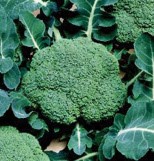
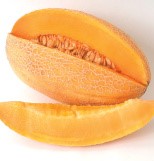
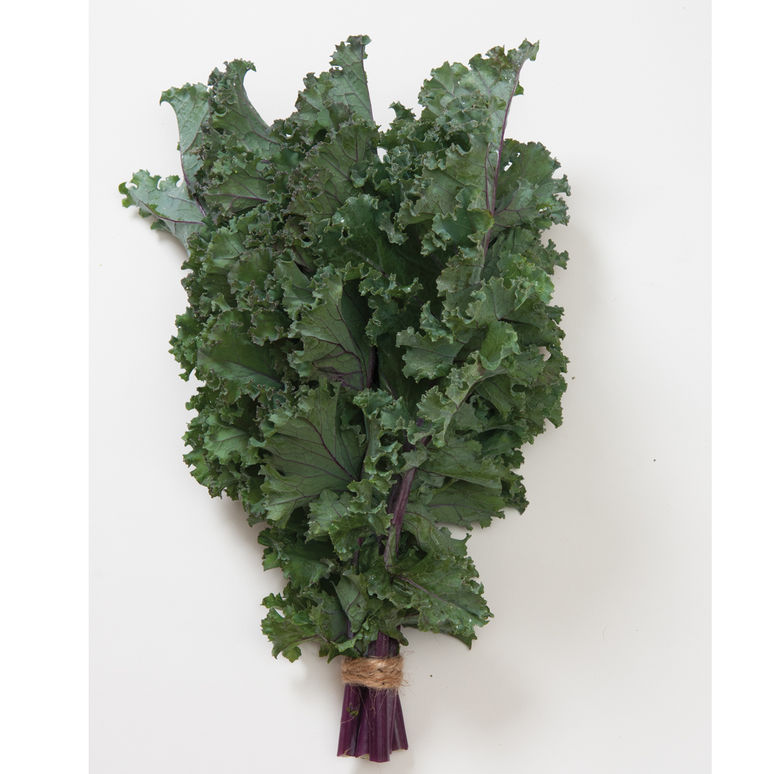
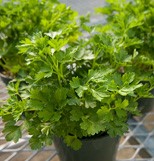
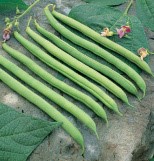
Reviews
There are no reviews yet.